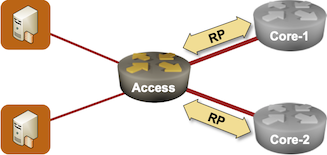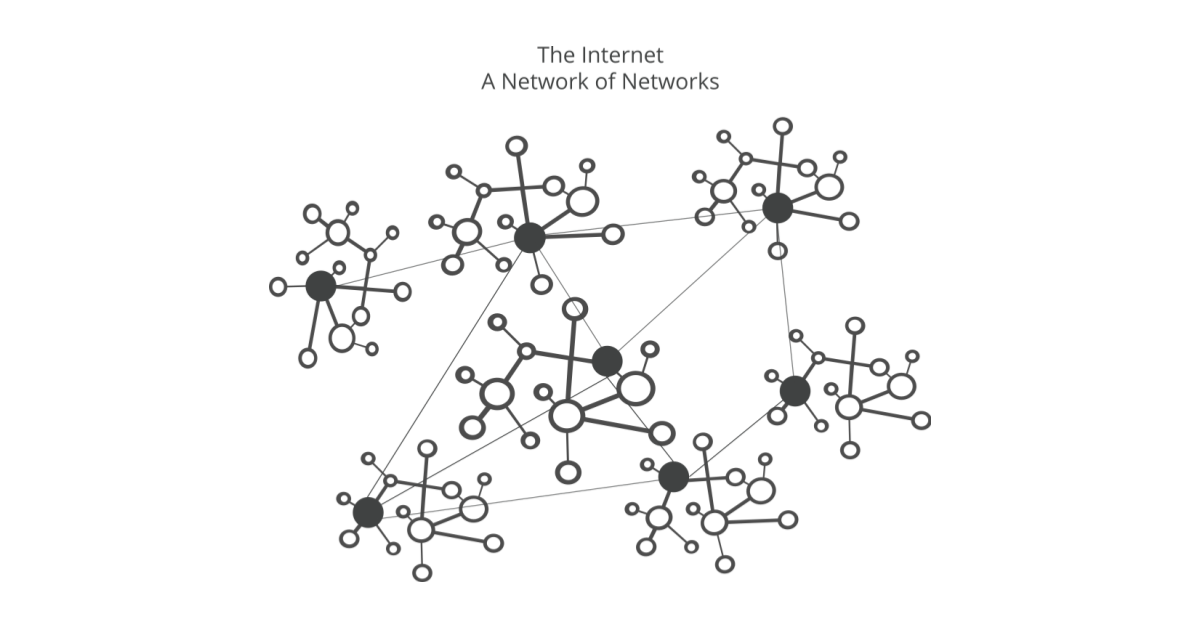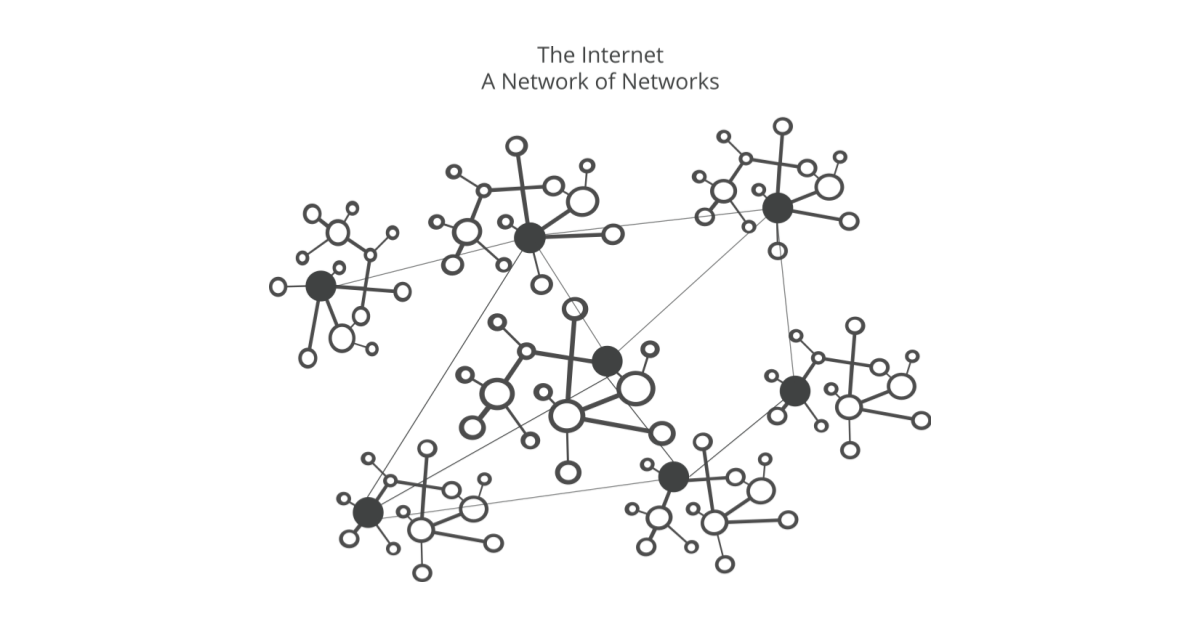When Immersion Cooling is the Only Option
With only one, perhaps two, percent share of the broader datacenter cooling market, immersion and direct liquid cooling are still fringe technologies. …
When Immersion Cooling is the Only Option was written by Nicole Hemsoth at The Next Platform.
Tips for Job Seekers In 2021
The year 2020 has been a rough ride. A lot of companies went out of business and a lot of people lost their jobs. However the job market is continuously evolving and it is still very competitive even after taking a hit during the pandemic. Technology is changing the way that employers find employees and employees find employers.
Employers are always looking for creative, efficient, innovative and empathetic individuals who are productive and can help in creating a better workplace for everyone. Employees will be looking for organizations who have a clear mission statement and are able to provide them with structure, clarity and meaning in their work.
Let’s take a look at some of the tips for job seekers in 2021.
You Need To Have a Portfolio
The first thing that a job seeker needs to do is have a portfolio of work that they can show off to potential employers. It’s no longer good enough just to have a CV, they need an online presence that reflects their personality and creativity.
Keep Your Online Profile Updated
Job seekers also need to make sure that they are on top of new developments in the industry and keep their LinkedIn Continue reading
HPE Converts Analytics, Storage, Data Protection To GreenLake
Since launching GreenLake in 2018 and promising that all of its portfolio would be available as services by next year, Hewlett Packard Enterprise has been on a sprint to build up the capabilities of the platform. …
HPE Converts Analytics, Storage, Data Protection To GreenLake was written by Jeffrey Burt at The Next Platform.
New 5G LAN Technology Advances QoS Across The Enterprise
Recent technical advances allow network managers to automate the enforcement of quality of service (QoS) thresholds at a per-application level across both the 5G RAN and enterprise LAN.Calico on EKS Anywhere
Amazon EKS Anywhere is an official Kubernetes distribution from AWS. It’s a new deployment option for Amazon EKS that allows the creation and operation of on-premises Kubernetes clusters on your existing infrastructure.
Since its general availability release, we’ve been working hard to ensure support for Calico on EKS Anywhere, and are happy to announce that users can now choose to use Calico for container networking and security. This gives organizations already using or planning to adopt EKS Anywhere the flexibility to choose the best container networking solution for their needs. Organizations currently using Calico can add EKS Anywhere clusters and use the same Calico solution for networking and security across on-premises and cloud platforms.
Let’s take a look at how you can get started with Calico on EKS Anywhere.
Notes:
- This procedure is disruptive; it cannot be used to migrate a cluster with applications “in-service”
- Be aware that, at present, Amazon is unlikely to be able to provide support for a cluster built in this way
Install EKS Anywhere
Install EKS Anywhere as normal on vSphere, by following this documentation.
Install the Cilium CLI and uninstall Cilium
Removing Cilium from a cluster requires using the Cilium CLI, so Continue reading
Network certification for Microsoft Azure
Microsoft recently (well, maybe a couple months ago at this point) released a new certification focusing on the networking aspect of Microsoft Azure. This provides a great primer to get familiar with the Microsoft cloud from a connectivity perspective especially for those out there who are responsible maintaining cloud connectivity for Azure. The exam is […]VMware Achieves Industry-First AAA Rating for Network Detection & Response from SE Labs
In the first public test of is kind for Network Detection and Response, SE Labs awards the industry’s first NDR AAA rating to VMware NSX Network Detection and Response (NDR). The modern cyber battlefield is everywhere, and every attacker has to traverse multiple networks and in most cases many firewalls to achieve their goals. Internal to networks they look to move freely within the environment discovering valuable information they wish to exfiltrate. As attackers have continually innovated so must the industry and our testing. As a leader in the security industry, VMWare has gone through the industry’s first Network Detection and Response (NDR) test and received a AAA rating. It is well-known that attackers continually evolve and chain together an ever increasingly complex chain of events. These techniques, tactics and procedures occur across networks and often traverse and bypass traditional security tools like firewalls and antivirus. As our understanding of attacker’s behaviors evolve, so must our engineering and testing.
VMware customers can be assured that their data is better protected in this new arena as they continue to modernize their application and network infrastructure as part of their digital transformation initiatives.
According to the results from SE Labs, VMware NSX Continue reading
What’s new in Ansible Automation Platform 2: automation controller

Red Hat Ansible Automation Platform 2 is the next generation automation platform from Red Hat’s trusted enterprise technology experts. We are excited to announce that the Ansible Automation Platform 2 release includes automation controller 4.0, the improved and renamed Red Hat Ansible Tower.
Automation controller continues to provide a standardized way to define, operate and delegate automation across the enterprise. It also introduces new, exciting technologies and an enhanced architecture that enables automation teams to scale and deliver automation rapidly to meet ever-growing business demand.
Why was Ansible Tower renamed to automation controller?
As Ansible Automation Platform 2 continues to evolve, certain functionality has been decoupled (and will continue to be decoupled in 2.1) from what was formerly known as Ansible Tower. The naming change better reflects these enhancements and the overall position within the Ansible Automation Platform suite.
Who uses automation controller?
All automation team members interact with or rely on automation controller, either directly or indirectly.
- Automation creators develop Ansible Playbooks, roles and modules.
- Automation architects elevate automation across teams to align with IT processes and streamline adoption.
- Automation operators verify that the automation platform and framework are operational.
These roles are not necessarily dedicated to Continue reading
Measuring Hyper-Threading and Turbo Boost


We often put together experiments that measure hardware performance to improve our understanding and provide insights to our hardware partners. We recently wanted to know more about Hyper-Threading and Turbo Boost. The last time we assessed these two technologies was when we were still deploying the Intel Xeons (Skylake/Purley), but beginning with our Gen X servers we switched over to the AMD EPYC (Zen 2/Rome). This blog is about our latest attempt at quantifying the performance impact of Hyper-Threading and Turbo Boost on our AMD-based servers running our software stack.
Intel briefly introduced Hyper-Threading with NetBurst (Northwood) back in 2002, then reintroduced Hyper-Threading six years later with Nehalem along with Turbo Boost. AMD presented their own implementation of these technologies with Zen in 2017, but AMD’s version of Turbo Boost actually dates back to AMD K10 (Thuban), in 2010, when it used to be called Turbo Core. Since Zen, Hyper-Threading and Turbo Boost are known as simultaneous multithreading (SMT) and Core Performance Boost (CPB), respectively. The underlying implementation of Hyper-Threading and Turbo Boost differs between the two vendors, but the high-level concept remains the same.
Hyper-Threading or simultaneous multithreading creates a second hardware thread within a processor’s core, also known Continue reading
Graceful Restart and Other Control Plane Protocols
In the Graceful Restart 101 blog post, I promised to discuss the ugly parts of this concept in a follow-up post. It turns out we’ll need more than one; today, we’ll focus on other control plane protocols in an access network scenario.
Imagine an access router with multiple uplinks serving a bunch of non-redundantly-connected customers:

Non-redundant access network
Graceful Restart and Other Control Plane Protocols
In the Graceful Restart 101 blog post, I promised to discuss the ugly parts of this concept in a follow-up post. It turns out we’ll need more than one; today, we’ll focus on other control plane protocols in an access network scenario.
Imagine an access router with multiple uplinks serving a bunch of non-redundantly-connected customers:

Non-redundant access network
Wi-Fi 5 Vs. Wi-Fi 6
Wi-Fi 6 also known as 802.11ax is the latest generation of 802.11 WiFi standard and the successor of Wi-Fi 5 aka 802.11ac. Wi-Fi 6 increases user throughput by more efficient spectrum usage, provides larger signal coverage and reduces the power consumption. In the following section, we will discuss the significant improvements of Wi-Fi 6 over […]Continue reading...
Open Intelligence Gathering: Light and Dark
A few weeks ago, I asked my manager, Chris Bareford, if he would approve the purchase of a licence to use the https://www.shodan.io open intelligence platform. I was both vague and detailed enough to justify the purchase, something about gathering threat intelligence as far as I can recall. My request was approved, and I am now in possession of the Shodan freelancer API entitlement. This is useful to me in automating certain intelligence and discovery tasks.
This blog, however, is NOT about the Shodan freelancer API.
Part of my job is to help enable cyber readiness for both my internal colleagues and my customers and prospective customers, and as part of this remit I publish a weekly threat landscape report, which is essentially a collection of things I have found to be interesting (and/or concerning) during the previous week from a cyber-security perspective. One element of this report covers what I would consider to be largely opportunistic attacks (or probes), and so I summarize an anonymized set of the past week’s common vulnerabilities & exposures (CVE) that VMware customers have had. When collating this type of information on a regular basis, what you notice is that, in addition Continue reading
Understanding How Facebook Disappeared from the Internet


“Facebook can't be down, can it?”, we thought, for a second.
Today at 15:51 UTC, we opened an internal incident entitled "Facebook DNS lookup returning SERVFAIL" because we were worried that something was wrong with our DNS resolver 1.1.1.1. But as we were about to post on our public status page we realized something else more serious was going on.
Social media quickly burst into flames, reporting what our engineers rapidly confirmed too. Facebook and its affiliated services WhatsApp and Instagram were, in fact, all down. Their DNS names stopped resolving, and their infrastructure IPs were unreachable. It was as if someone had "pulled the cables" from their data centers all at once and disconnected them from the Internet.
This wasn't a DNS issue itself, but failing DNS was the first symptom we'd seen of a larger Facebook outage.
How's that even possible?
Update from Facebook
Facebook has now published a blog post giving some details of what happened internally. Externally, we saw the BGP and DNS problems outlined in this post but the problem actually began with a configuration change that affected the entire internal backbone. That cascaded into Facebook and other properties disappearing and Continue reading
Automation 1. First impression from pySROS – new Python library for automation of Nokia SR OS devices
Hello my friend,
For quite a while we were silent (literally, the last post was month ago), as we were busy with extremely busy with completion of an important customer engagement. It was successfully completed and we are back on track with writing new interesting and useful (we hope so :-)) materials for you! And today we talk about our favourite topic – automation. To be precise, automation of Nokia SR OS devices with a new Python library called pySROS created by Nokia folks.
2
3
4
5
retrieval system, or transmitted in any form or by any
means, electronic, mechanical or photocopying, recording,
or otherwise, for commercial purposes without the
prior permission of the author.
Why Is That Useful for Me?
If you have ever been in a situation, when there are much more work than hours in a day, then you know how important is to be able to do the job quickly and accurately. It is even better, if such job is done not by yourself, but rather by someone else or something else. This is exactly, where the automation of network and Continue reading